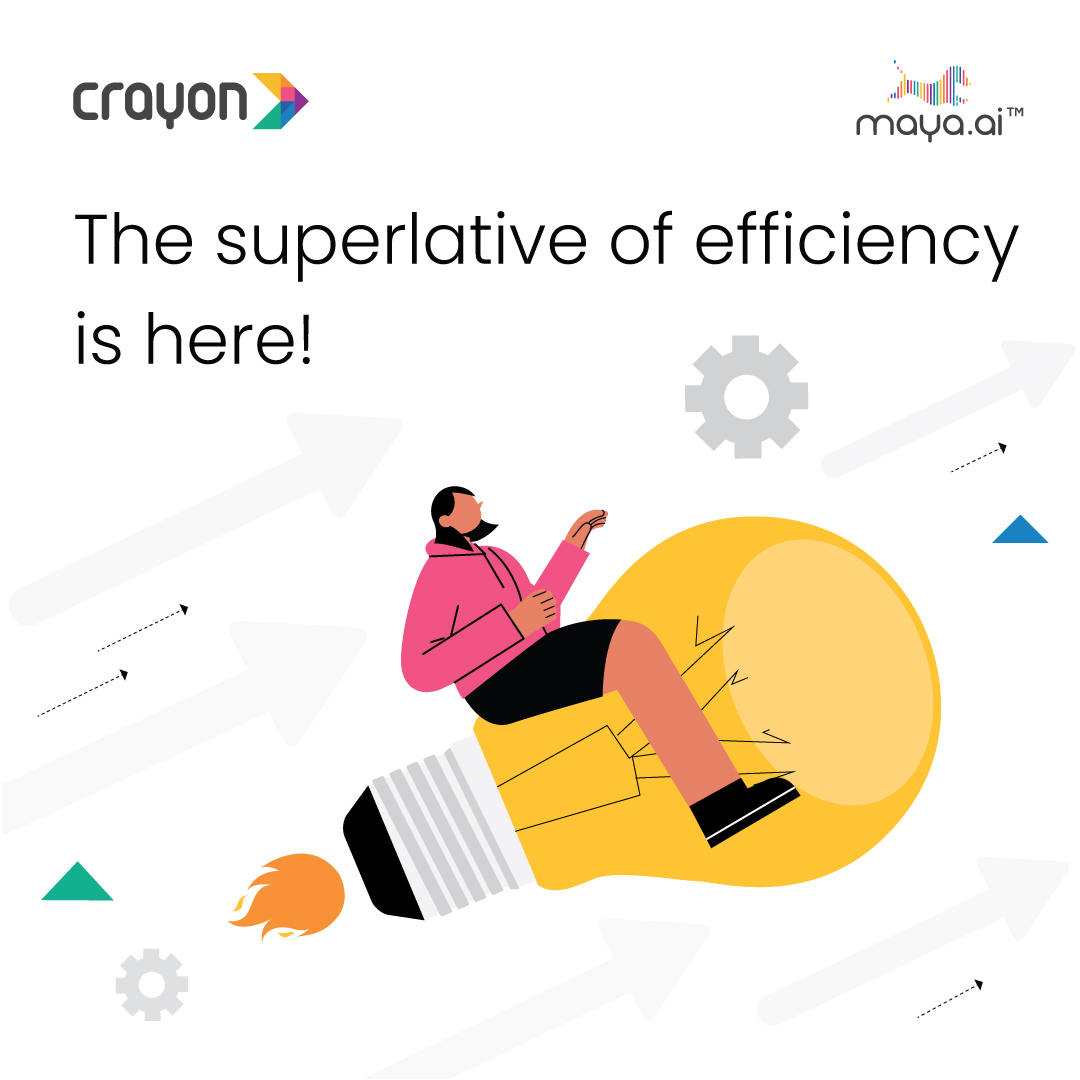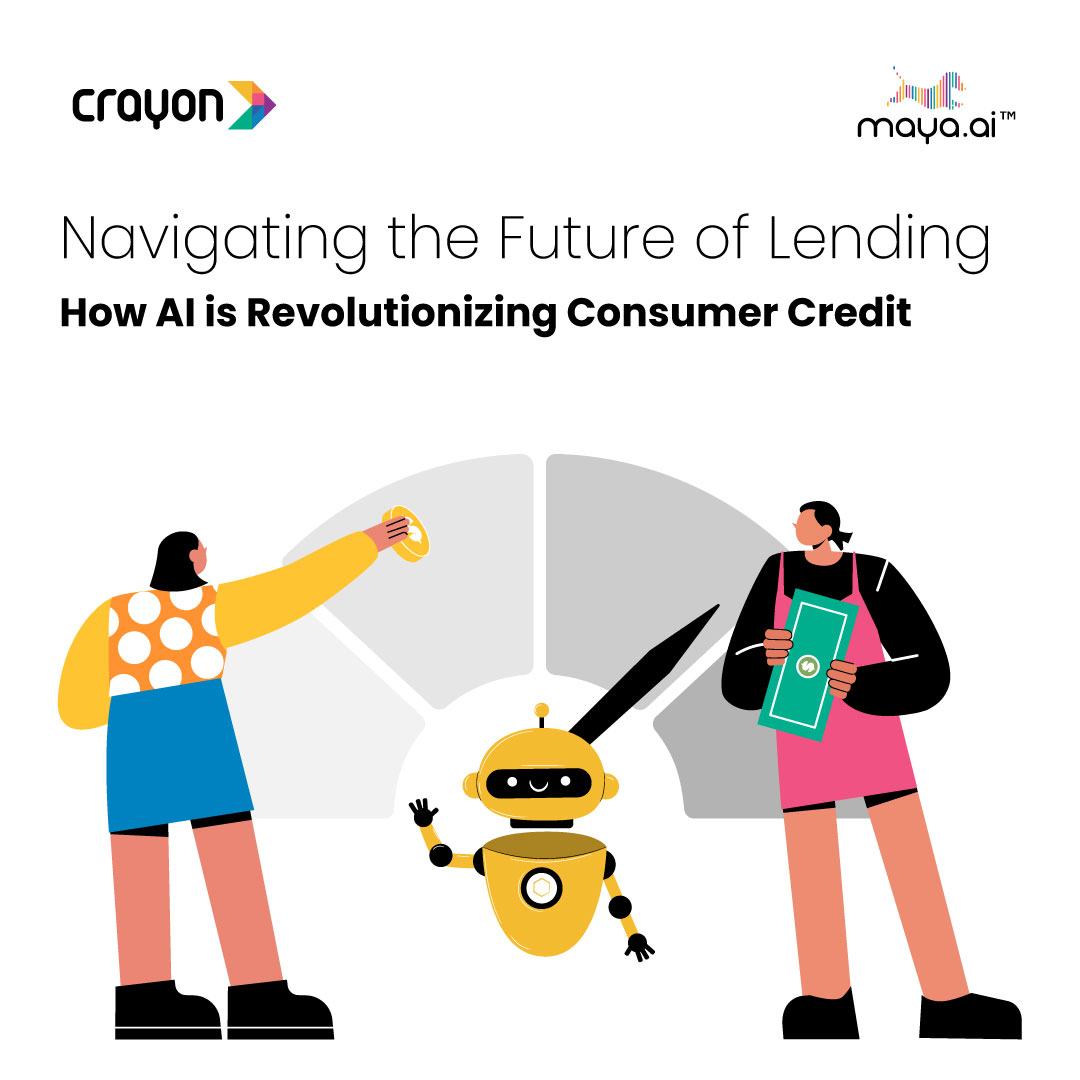At Nokia’s Here connected car division in Chicago, researchers are pouring over crowdsourced vehicle data from all of the world, trying to figure out how our future autonomous vehicles should comport themselves on the road.
By comparing high-definition mapping data against the measured behavior of real vehicles, Here is determining the most optimal, safest and most fuel-efficient way for autonomous vehicles to drive on any given highway or through any feasible intersection. There’s only one problem.
The optimal way to drive is not the way real humans actually drive. The traffic patterns on our highways and roads today would look very different if they were completely populated by autonomous cars. Those cars would space them themselves far more closely than all but the most aggressive tailgaters would feel comfortable with. They’d brake too soon when coming at curves, and then they’d accelerate through those curves at speeds fast enough to turn some people’s stomachs.




